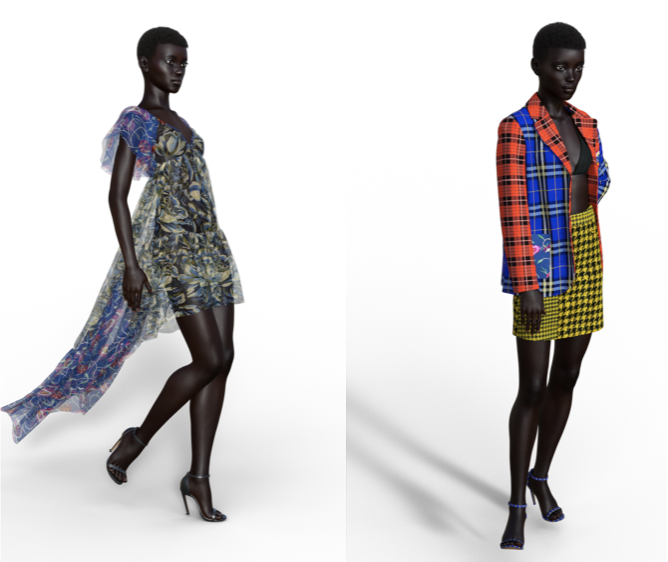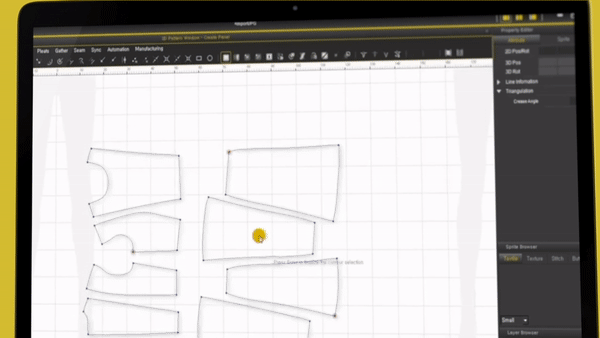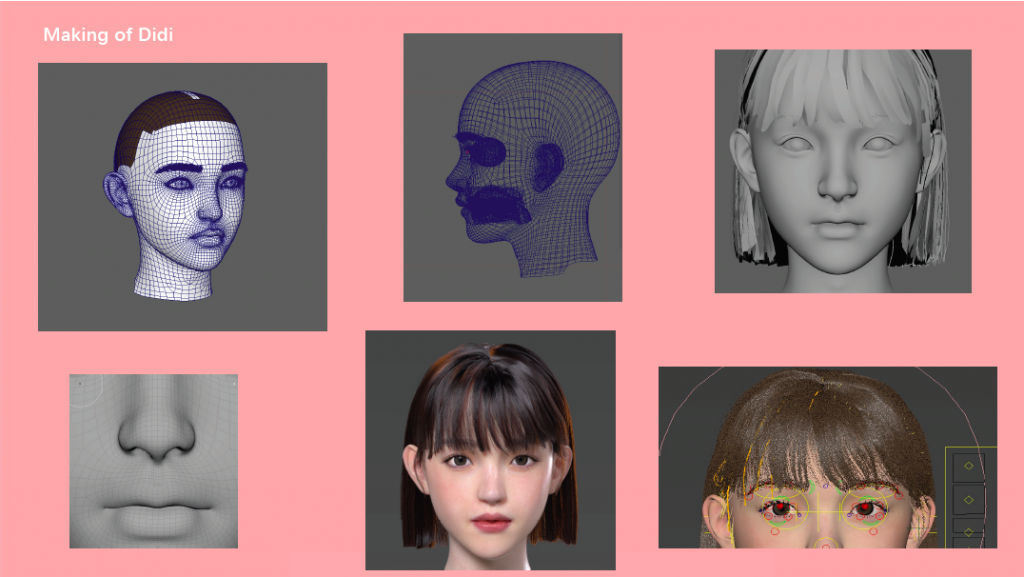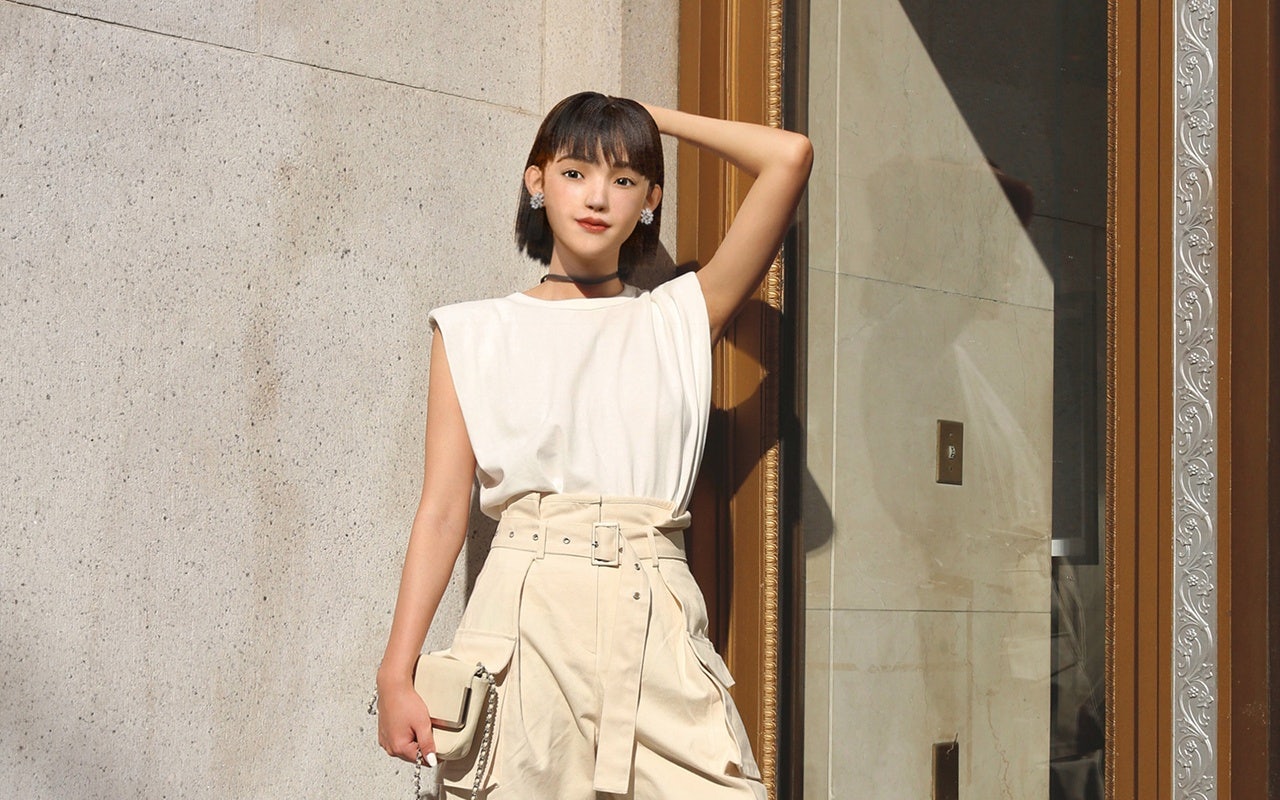When the COVID-19 pandemic put a halt on fashion week events earlier this year, brands found themselves struggling to connect with Chinese audiences, so then, they chose to forfeit physical shows for video replacements. Fast forward to September, many have started adopting video presentations or a “phygital” (physical + digital) format for the Spring 2021 shows.
But some visionary fashion tech companies have long reflected on the pain points of runways, and are now envisioning a digitalized showcase for clothes and accessories during fashion weeks. As such, Jing Daily spoke with three Asian fashion tech companies that could empower the future of fashion weeks with core technologies ranging from textile digitalization to artificial intelligence, 3D scanning, and virtual idols.
HeartDub#
Sector: Physics engine, artificial intelligence
Main use: Digitizing textile
Cost: Subscription
Partners: Shuting Qiu, China Textile Association

Founded in 2018 by three Chinese co-founders, HeartDub is a fashion tech company focused on digitizing textiles via artificial intelligence — a concept only a few cared to learn about before COVID-19 accelerated the market demand, said Zhou Jiaxuan, the company’s COO and co-founder. Its client number has soared from just over a dozen to more than 100 over the last few months.
The core tech team started developing HeartDub Material in 2014, which sets itself apart from the usual form of digitizing clothing and people in gaming and movie production contexts, said its CEO and co-founder, Huang Jingshi. “When we look at special effects in movies, many clothes like those from Avatar and Frozen were made at a high cost and a very long time. Elsa’s clothes in Frozen, for example, took a team years to complete and bears a price tag of over $300,000,” he noted.
The key difference is that traditionally, the virtual clothing must be rendered frame by frame in 3D modeling software, whereas HeartDub uses physical calculation to collect data from textile companies. A full set of clothes could come alive on a screen in under three hours with HeartDub Material, said Huang, who recently participated in an AI-accelerator program organized by Alibaba.
But even before COVID-19, HeartDub had already been working with the Chinese designer Qiu Shuting her Fall 2020 runway show during Paris Fashion Week this February. Qiu’s signature use of bold and bright designs has delivered great results, Zhou said, adding that they would announce more partners by the end of the year.
As the only digital textile producer to be appointed by the China Textile Association, HeartDub has worked with the top 100 textile companies, including Swiss luxury brand Bally's owner Shandong Ruyi. “Our next step is to work with more clothes brands through our textile partners after having collected data on textiles and patterns,” Zhou said.
TG3D Studio#
Sector: Fashion 3D Digital Solution
Main Use: End-to-end 3D digital solutions for brands, suppliers, and manufacturers
Cost: Software Subscriptions
Partners: Alvanon, IFA Paris, Meesteropeliding Coupeur, The Mills Fabrica

TG3D Studio’s co-founders have a story that’s hard to swallow. Paul Lee is one of the company’s three co-founders and has around 40 years of experience in textile, production, and retail combined. He saw fashion falling behind other industries in digitalization, which was causing problems like low efficiency and waste.
TG3D’s first product, Scanatic™, is a set of digital 3D scanning solutions for brands, suppliers, and manufacturers that can use it across every stage of their business — from concept and design to showcase and sale. The London-based studio EB Atelier has used Scanatic™ to dress celebrities for important awards in Tom Ford and Gucci. A major brand would use it during the upcoming Paris Fashion Week to make customized jeans for a client, said Rick Yu, who is one of the other co-founders.
Although the Asia-based company, which is headquartered in Hong Kong and has offices in Taiwan, Shanghai, Seoul, and Los Angeles, hasn’t worked directly on digital fashion shows, Yu said that brand clients could use their existing product to deliver runway-ready digital assets. “You can turn the 3D assets into a video; you can build a virtual runway and showcase these assets so that the audience can see clothes in a virtual environment,” Yu explained.
And speaking on the future of fashion weeks, Yu added that this area still has untapped potential. “The traditional runway format is lopsided, where the audience just sits and watches,” Yu said. “But if it can go both ways where the audience can watch live demonstrations as well as trying the clothes on virtually, that would make the whole experience immersive.”
He also noted that those images could then be shared through social media to maximize the exposure of new brand collections. “All of these are back-end applications,” Yu stated, “what’s more important is the content.”
Blue Wildebeest#
Sector: Virtual Idols
Main Use: Commission virtual idols to do commercial work
Partners & Cost: Non-Disclosable

Founded in post-COVID-19 China, Blue Wildebeest Technology is a multi-channel network company specializing in the development and operation of virtual humans for commercial use. “The potential of virtual humans is huge, as it can give people a lot of imagination,” said the brand’s co-founder Todd Hessert to Jing Daily. His team is in talks with major brands about offline virtual person technology for exhibitions, endorsements, and various other businesses.
Formerly based in New York City as the founder of his eponymous brand and the events agency Global Fashion Week, Hessert recently relocated to Beijing to work with a team of five. In his words, the new MCN aims to cooperate with “fashion, technology, and beauty brands for print, video, and live broadcasting.”
As one of the first such MCNs in China, Blue Wildebeest is riding on two waves that have swept over the fashion world during the last few years: China's booming MCN industry with an estimated $3.4 billion market value and an ever-growing army of virtual idols. Notable examples for the latter include streaming platform iQiyi’s virtual band RiCH BOOM and Dolce & Gabbana's latest Chinese Valentine’s campaign, which features the virtual idols Sam + Liz from the youth magazine SuperELLE.
If brands decide to do digital fashion weeks, using hyper-realistic virtual humans could save a lot of processing and expenses, Hessert said. In this context, Blue Wildebeest could replace the role of a modeling agency and enable brands to omit steps like model interviews and fittings. There also would not be a need for on-site risk control, he added.
Virtual idols can be as versatile as human models or idols who have massive social reach. 2D animation idols like Luo Tianyi have proven that virtual characters can also have fans or hold concerts. Blue Wildebeest’s first virtual idol, an 18 year old named Didi, embodies everything Gen-Zers would like. She’s a 5’5’’ Pisces girl who loves fashion, art, and dance and also enjoys sharing her daily life on various live broadcasting platforms and social media. In a presentation deck from the company, Didi’s measurements are presented just as you’d see them on a model’s comp card.
Blue Wildebeest is just getting started, but within three years, it hopes to become a “multi-scene, professional, hyper-realistic, virtual idol MCN organization,” according to Hessert.
